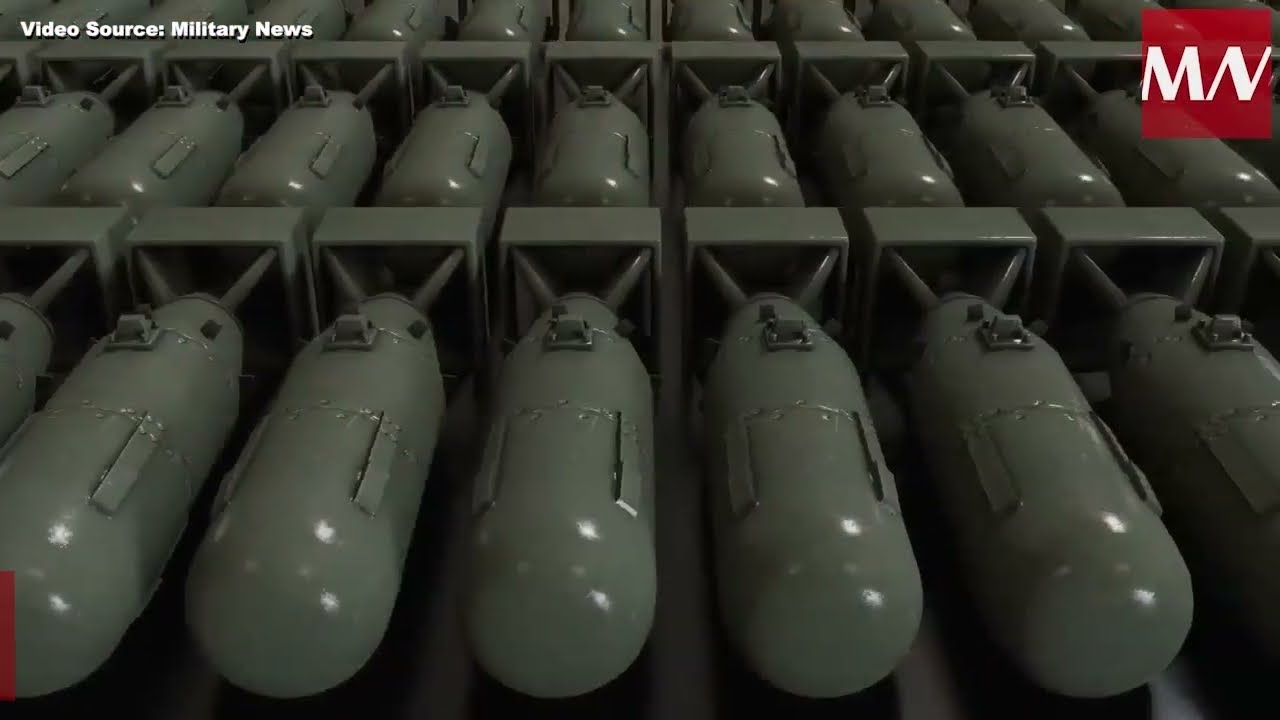Asian automakers move ahead with production launches in Mexico
Warning: foreach() argument must be of type array|object, bool given in /home/mexiconow/public_html/sites/mexiconow/wp-content/themes/mexiconowwpnew/single.php on line 176

MEXICONOW Staff Interview
Mexican auto production took off nearly 90 years ago as the country’s revolution wound down. GM’s Buick and Ford roared with the 20’s, with the Blue Oval now holding seniority honors for production in Mexico. The Europeans made their first appearance decades later, several leaving under a wave of government regulations ostensibly designed to promote Mexican auto manufacturing.
Now, as the second century of auto manufacturing warms up in the wings, Asian OEMs represent the next big thing in Mexico, according to Guido Vildozo, associate director of North American Auto Industry Research, IHS Automotive.

You opened up your presentation at the MEXICONOW Auto Conference in Puebla last year saying that 2014 is the year of the rising sun. Why do you call it “Year of the Rising Sun?”
The main reason behind it is the fact that we have three Japanese OEMs launching new assemblies, new assembly lines. We believe 2014 is the year of the rising sun due to the new operations that the Japanese are launching.
You’re talking about a long-term, strong sales trend that sounds great. However, what about sustainability?
We see that the pendulum has now shifted away from the triads over to growth in the emerging markets, particularly Latin America. We see that incomes have started to grow to a critical point where we believe that vehicle demand should be sustainable.

Let’s take a look at one of the players in Mexico, Nissan. They’re going to expand. How much of a factor is that going to be as we take a look at that market coupled with your very positive outlook long term?
We think that Nissan will be challenged in the short term, particularly the next 24 months as Honda and Mazda release the local product into the market place. Nissan is constrained in terms of exports at this point in time. The new plant was desperately needed and manufacturing should not be as hard hit as will sales. What Nissan has done is they’ve had above-market performance over the last few years and we think that next year that cycle is going to be broken.
As we take a look at the new plant launches in Mexico, to what extent is the market ready? How prepared is the workforce to build for the market?
The market wasn’t necessarily ready as has been shown by the delays that we have seen in some of the operations that were supposed to start this year but are not kicking into place until 2014. There are some bottlenecks that are still in place. You ask about the workforce? It will be interesting to determine whether the workforce will be ready once we jump into a second shift or third shift, moving forward.

What do we need to understand about all that is involved in auto global platforms as the recovery continues and the promise looks good?
The big thing about global platforms right now and it’s a big thing for the automotive industry, is that we will see economies of scale proliferate. We continue to see a declining number of suppliers. Some OEMs had 2,000 or 3,000 suppliers. They’ve pushed down to 800 or 900 suppliers and they’re now talking of pushing even further toward 200 or 300 suppliers. What that means is that we are going to see a more competitive marketplace, at least for the supplier industry and harder competition between the different regions to secure the volume they have in place.
Taking a look at Mexico for light vehicles sales, how high could the sales trend in Mexico be going?
We are not as bullish on the sales side as we are on the production side. This is particularly due to the fact that used-car imports remain a challenge. They are a hurdle to new car sales in Mexico and as a result we only anticipate growth of 4.4 percent for 2014, dropping to below 4 percent for the year after that.
As we take a look in Mexico’s Top 10 models in sales we see Nissan with five out of the Top Ten. What are your observations and what should we be watching for when it comes to market shares in Mexico?
We anticipate that Nissan will continue leading. They will keep roughly about 25 percent of the market, followed by GM and then by VW after that.

How would you assess the Mexican export situation with Brazil?
Brazil has its own unique issues, the first of which is the excess capacity or the apparent excess capacity that we will have in the not so distant future. There’s $38 billion dollars that are being invested as a result of the government program between 2012 and 2018. This brings capacity up to six and a half million units. The marketplace, the local demand will not grow at a similar pace. What that means, particularly taking into account that automotive manufacturing represents 8 or 9 percent of Brazilian GDP is that we may see a challenge in regards to exports coming out from Mexico to Brazil.
Taking another look at the Mexican market has it started to point toward a sooner-than-later shift into luxury. We see the Q5 Audi jumping in there and they’re talking about selling. Please share your thoughts about Mexico sustaining more of a luxury market.
The trend has already begun. We clearly see it with Audi, BMW and Mercedes sales. Those have climbed robustly pretty much since 2006. The market is prime for luxury product; incomes are growing, the economy is healthy. There’s no reason why we should not see this trend continuing for the foreseeable future.





